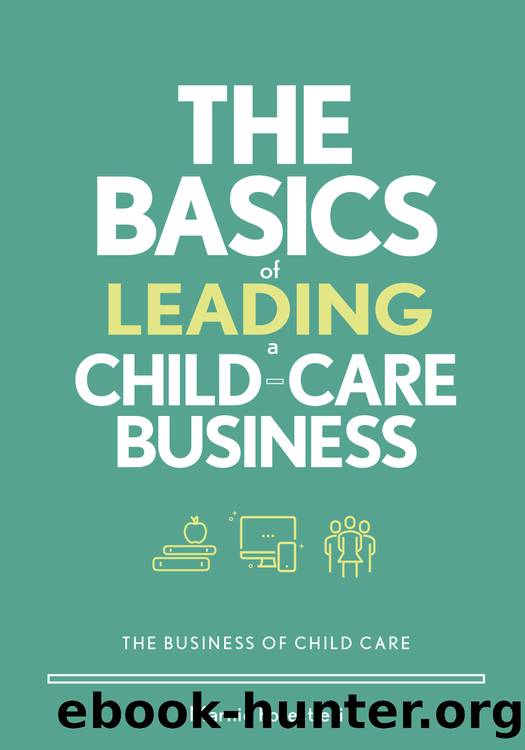The Basics of Leading a Child-Care Business by Marnie Forestieri

Author:Marnie Forestieri
Language: eng
Format: epub
Publisher: Gryphon House Inc.
Published: 2021-04-01T19:47:55+00:00
School Inspection
6
8
10
8
HR Scenarios
8
6
7
7
Cultural Fit
10
8
9
8
Step 8: Ask the Candidates Youâve Selected for Their References, and Verify Their Education and Licensing Records
The job references provided by the candidates are the names and contact information of individuals who can attest to their abilities. Ask for references from the candidatesâ places of employment, families from the schools where they have been a director, and coworkers. In addition to contacting references, look at each candidateâs current center website and at online and social-media sites, such as Glassdoor and Facebook. Verify that the candidate has successfully completed the required education, and check licensing records at her previous job. Directors who are detailed oriented pay close attention to their licensing records.
I once interviewed a candidate for a director position who had great references and a perfect licensing record. After several interviews, I decided to check Glassdoor and Facebook reviews of her former school, which revealed that she did not fit our culture. She had received too many bad reviews related to customer service from her previous employees.
Step 9: Take Each Final Candidate on a Lunch Interview
Meet each candidate in a nonwork environment so you can dive deeper into shared values. In this interview, you might be able to identify some warning signs. After the interview, complete the rubric to help you make your selection.
As described in the article âThe âInnerviewâ: A Tool for Employee Engagementâ by Terry Siebert, the Dale Carnegie training company developed a tool called the Innerview to unveil the inner motivations of candidates. The company suggests that, by deepening a leaderâs connection with a prospective candidate in a casual conversation, the leader can discover shared values. The tool is divided into three parts: factual questions, causative questions, and value-driven questions. I recommend both the interviewer and the interviewee ask the same questions. You can use the following questions as conversation prompts during the interview.
Factual questions:
Where did you grow up?
What were your interests in school?
What do you do for fun?
What early childhood philosophy do you practice?
What is your view on discipline?
Download
This site does not store any files on its server. We only index and link to content provided by other sites. Please contact the content providers to delete copyright contents if any and email us, we'll remove relevant links or contents immediately.
| Anthropology | Archaeology |
| Philosophy | Politics & Government |
| Social Sciences | Sociology |
| Women's Studies |
The Secret History by Donna Tartt(18790)
The Social Justice Warrior Handbook by Lisa De Pasquale(12102)
Thirteen Reasons Why by Jay Asher(8761)
This Is How You Lose Her by Junot Diaz(6728)
Weapons of Math Destruction by Cathy O'Neil(6102)
Zero to One by Peter Thiel(5651)
Beartown by Fredrik Backman(5566)
The Myth of the Strong Leader by Archie Brown(5390)
The Fire Next Time by James Baldwin(5215)
How Democracies Die by Steven Levitsky & Daniel Ziblatt(5105)
Promise Me, Dad by Joe Biden(5052)
Stone's Rules by Roger Stone(5001)
100 Deadly Skills by Clint Emerson(4816)
A Higher Loyalty: Truth, Lies, and Leadership by James Comey(4813)
Rise and Kill First by Ronen Bergman(4670)
Secrecy World by Jake Bernstein(4611)
The David Icke Guide to the Global Conspiracy (and how to end it) by David Icke(4579)
The Farm by Tom Rob Smith(4412)
The Doomsday Machine by Daniel Ellsberg(4386)
